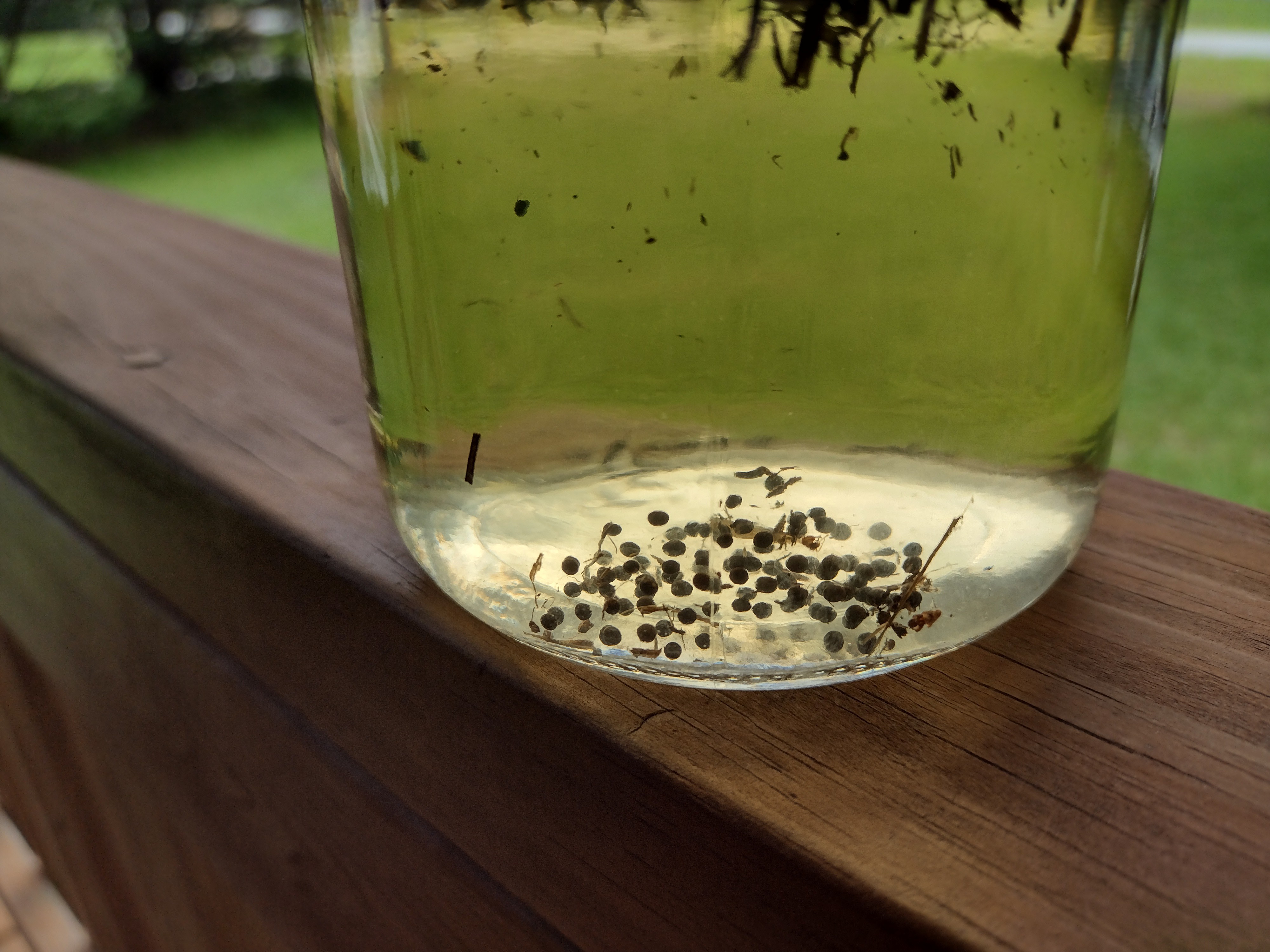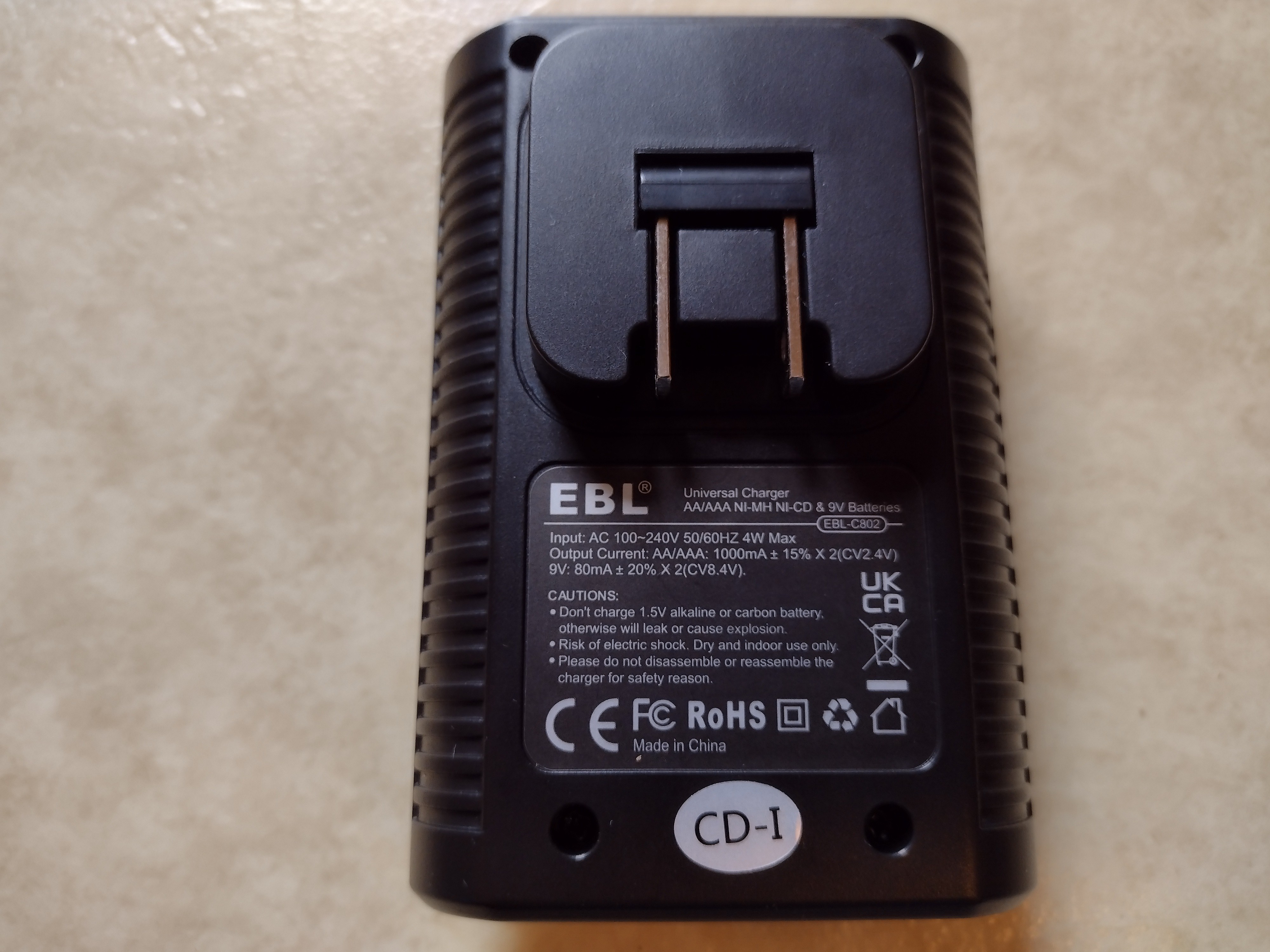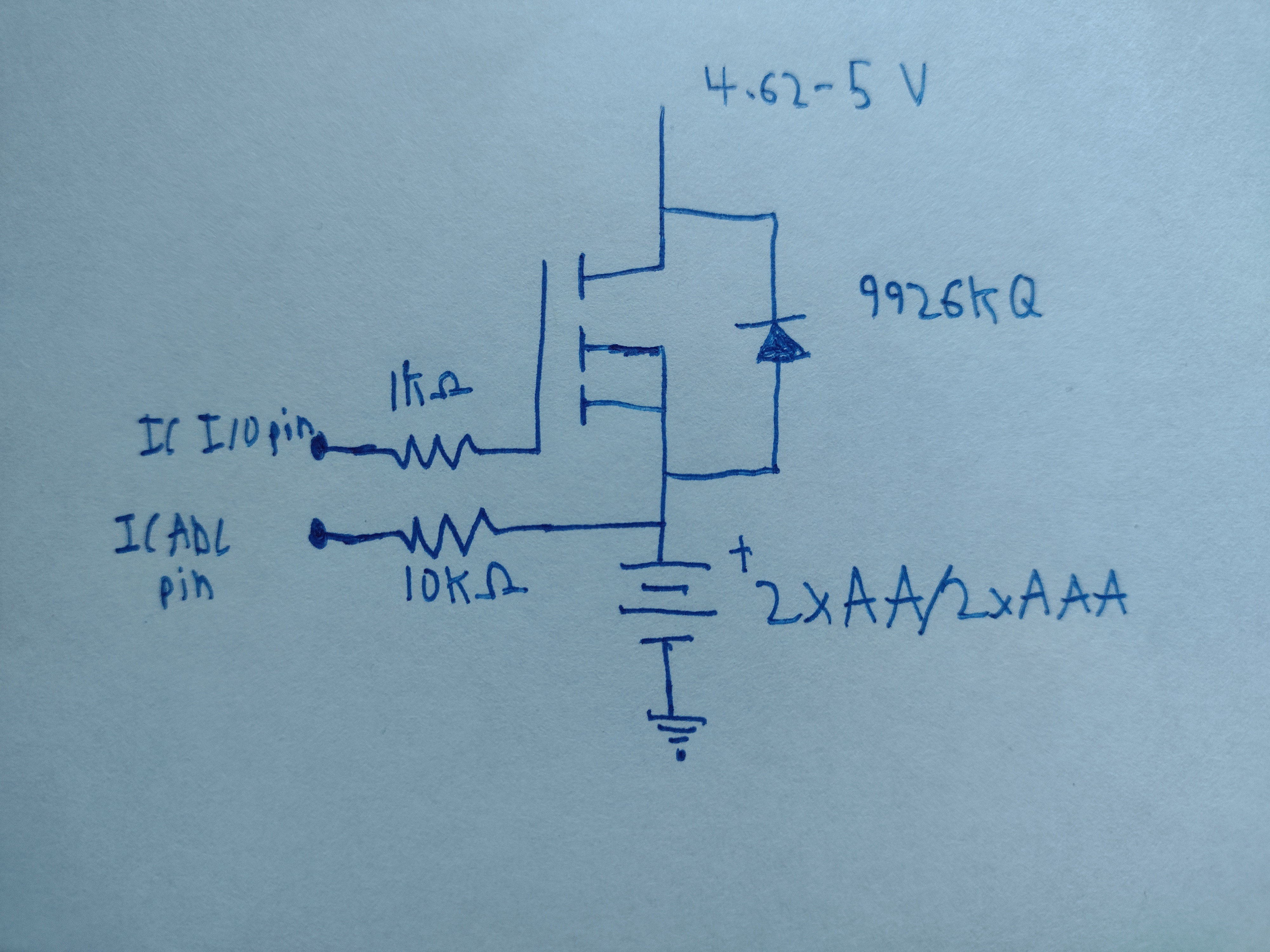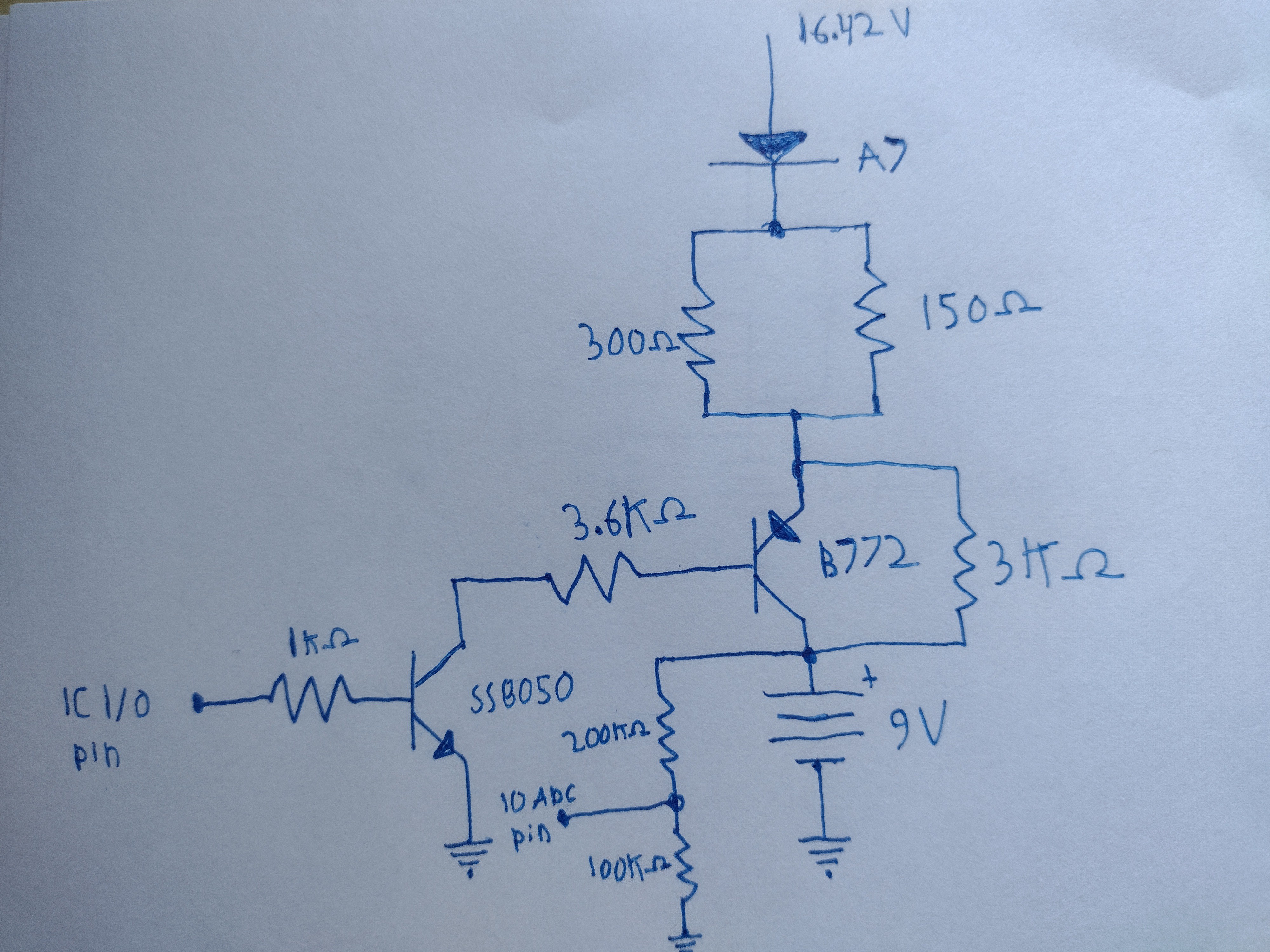-
Happy Octave Day of Christmas (and also Happy New Year.)
01/01/2025 at 22:03 • 0 commentsWishing everyone a happy Octave Day of Christmas and a Happy New Year. May God give you and your family many blessings and provide you the grace to deal with any hardships you many face/are currently facing.
![]()
-
It begins, again.
08/11/2024 at 03:11 • 0 comments![]() Got a temporary pond again from all the recent rain in my area. Pond means the frog chorus comes out, which means tadpoles (or tadpole eggs in the picture above.) Looks like after three years, the third season of raising tadpoles is beginning.
Got a temporary pond again from all the recent rain in my area. Pond means the frog chorus comes out, which means tadpoles (or tadpole eggs in the picture above.) Looks like after three years, the third season of raising tadpoles is beginning. -
Teardown and partial schematics of a battery charger
03/10/2024 at 04:47 • 0 commentsI got bored one day, so I cracked open a battery charger I got. I was curious if it was just a dumb charger when it came to 9v batteries like many chargers out there, or it actually monitored the state of charge. The model of the charger: EBL-C802.
![]()
With it opened up:![]()
It quickly became obvious why this charger requires charging AA/AAA cells in pairs. It charges two cells in series. It's likely done this way as a cost reduction measure. Sadly the main chip that controls the charging is missing a label, almost certainly sanded off.
Below is a schematic for the AA/AAA charging circuit. There's two circuits for charging two pairs in total. It's a pretty simple circuit. A mosfet is turned on/off to control charging and voltage of the two cells in series is monitored by the controller chip though a 10K ohm resistor.
![]()
Below is a schematic for the 9V charging circuit. There's two circuits as two 9V batteries can be charged at a time. This circuit is a bit more interesting. It doesn't operate as a dumb charger as the controller chip is apparently monitoring the battery voltage via a resistor divider. The circuit trickle charges the battery even when the B772 transistor is turned off via a 3K ohm resistor.
![]()
I have some other observations to note about the charger, but it's close to midnight for me. I'll be sure to update the page later.
My Projects
My Pages
Projects I Like & Follow
Share this profile
ShareBits
Become a Hackaday.io Member
Create an account to leave a comment. Already have an account? Log In.
Good morning and thank you for the like for #Light Logic . I like to bend the rules sometimes :-)
[this comment has been deleted]
thanks for liking my #Multi fx Stomp Box project buddy!
Hi, thank you very much for like #Upgrade your 3D printer from 8bit to 32bit
Thanks for the like on the 3Force Proto! I really appreciate the support!
Hey, thanks for the like for #Arduino Blocks for MIDI Controllers
Hi mcu_nerd, thaks for liking the One Transistor Flipflop, https://hackaday.io/project/112126-one-transistor-flipflop !
Thank You mcu_nerd fot likin' #Smart remote for robot Pablo . Cool !
Hey mcu_nerd! Thanks for the like on FloppyBird! and others! :)
Hi mcu_nerd, thank you for liking my "3D-brain simulation" NeuronZoo, https://hackaday.io/project/19287-neuronzoo
Did you also try to run an example ?
Thank you for like my # Box for Resume 3D Print automatically
[this comment has been deleted]
Hey thanks for liking my #wESP32: Wired ESP32 with Ethernet and PoE project, appreciate it!
Thanks for the like on Windicator! Project logs coming this week!



 Got a temporary pond again from all the recent rain in my area. Pond means the frog chorus comes out, which means tadpoles (or tadpole eggs in the picture above.) Looks like after three years, the third season of raising tadpoles is beginning.
Got a temporary pond again from all the recent rain in my area. Pond means the frog chorus comes out, which means tadpoles (or tadpole eggs in the picture above.) Looks like after three years, the third season of raising tadpoles is beginning.



 Mike Moore
Mike Moore Dan Royer
Dan Royer bobricius
bobricius flow
flow Jake P
Jake P Faselunare
Faselunare M. Bindhammer
M. Bindhammer Richard K Collins
Richard K Collins Blixa Morgan
Blixa Morgan Yann Guidon / YGDES
Yann Guidon / YGDES Carlos Barrera
Carlos Barrera Alex Ryker
Alex Ryker Ben
Ben










Thanks for like to my project https://hackaday.io/project/164233-leavening-cell